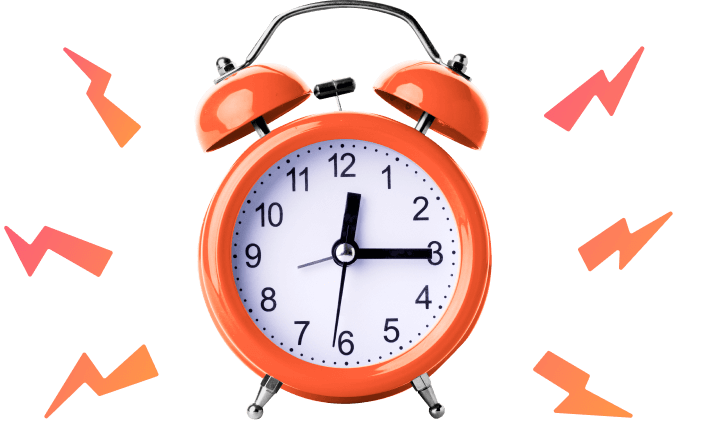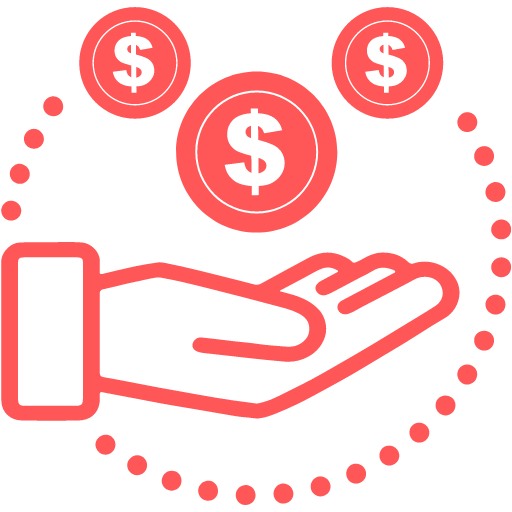Neuronal Mechanisms in the control of blood pressure:
Baroreceptors are sensory receptors which detect changes in pressure and stretch in the walls of arteries. They then send signals to the cardiovascular centre to reverse the change. Baroreceptors are found in large arteries in the neck and chest such as the aorta and internal carotid arteries. High blood pressure results in the carotid sinus (in the artery wall) being stretched more because the blood is pushing against the artery walls, this stimulates the baroreceptors which quickly send impulses to the medulla oblongata in the brain (Tortora and Derrickson 2009). The medulla oblongata increases parasympathetic activity to the sinoatrial node of the heart and decreases sympathetic activity. The parasympathetic nervous system works by increasing the diameter of the arteries, slowing the heart rate and decreasing the amount of blood pumped by the heart per heart beat (stroke volume), this results in a lowered blood pressure (Coventry lecture notes)
Chemoreceptors are sensory receptors which detect changes in the amount of chemicals in the blood, for example carbon dioxide, oxygen and hydrogen ion concentrations. They are found near the baroreceptors in the arch of the aorta in structures called carotid and aortic bodies. Changes in the concentrations of chemicals in the blood stimulates the chemoreceptors to send signals to the medulla oblongata in the brain. This leads to an increase in activity in the sympathetic nervous system which narrows the blood vessels (vasoconstriction) and increases the heart rate, stroke volume and blood pressure (Tortora and Derrickson 2009).Hormonal Mechanisms in the control of blood pressure:
Renin-angiotensin-aldosterone (RAA) system: Juxta-glomerular cells in the kidney secrete renin, which is an enzyme that hydrolyses (breaks down using water) angiotensinogen into angiotensin I. Angiotensin-converting enzyme (ACE) changes angiotensin I into angiotensin II (Tortora and Derrickson 2009).Blood Pressure Assignment Paper Angiotensin and angiotensin II are substances that cause the blood vessels to become narrower (vasoconstriction) and therefore increases blood pressure as the blood is travelling in a smaller space (Edward D and Frohlich MD 1983). Angiotensin II levels increase 2-3 times in obese patients (Guyton and Hall). This explains why people who are obese tend to have high blood pressure because they have more angiotensin II which narrows the blood vessels causing the blood to be under a higher pressure. Angiotensin II also causes aldosterone to be released into the blood which is a hormone that regulates the salt and water balance within the body. It causes sodium ions (salt) and water to be reabsorbed from the kidneys, which leads to an increase in blood pressure as more water is now in the blood, so more concentrated urine will be produced (You and Your Hormones 2015).
Anti-diuretic hormone (ADH) works in a similar way to aldosterone by producing more concentrated urine and increasing blood pressure as more water is kept in the blood. ADH is produced by the hypothalamus and released by the posterior pituitary gland (both are located in the brain) when the body is dehydrated or when lots of blood has been lost. The hormone causes vasoconstriction (narrowing of blood vessels) which leads to an increase in blood pressure. ADH also causes water to move from the collecting duct of the kidney into the blood therefore producing more concentrated urine and a higher blood pressure as more water is in the blood (Tortora and Derrickson 2009).Blood Pressure Assignment Paper
Adrenaline and noradrenaline are both hormones and are released from the medulla of the adrenal glands during times of stress. When adrenaline and noradrenaline are released into the blood stream they cause an increase in heart rate and force of contractions. The hormones also cause blood vessels in the skin and abdominal organs (such as the stomach and kidney) to narrow (vasoconstriction) which leads to an increase in blood pressure. Adrenaline can also cause blood vessels to widen (vasodilation) to increase the flow of blood to muscles during exercise, this helps to decrease blood pressure during exercise.
Atrial natriuretic peptide (ANP) is released by cells in the atria of the heart. ANP causes blood vessels to widen (vasodilation) therefore lowering the blood pressure as the blood has a larger space to travel around the body. The hormone also increases the loss of water and salt, therefore producing more dilute urine, which reduces the amount of water in the blood, also helping to lower blood pressure (Tortora and Derrickson 2009). Blood Pressure Assignment Paper
RECOMMENDED: [SOLVED] Blood Pressure













